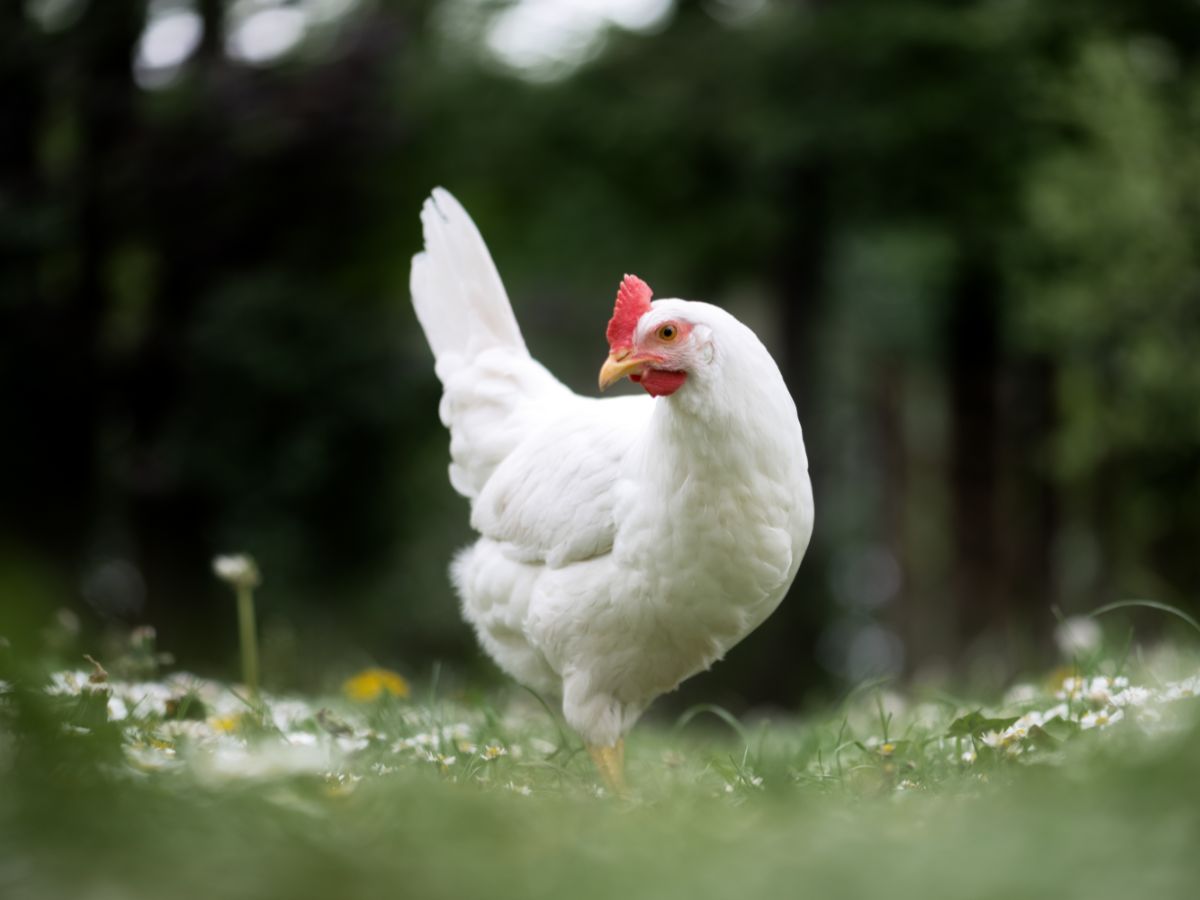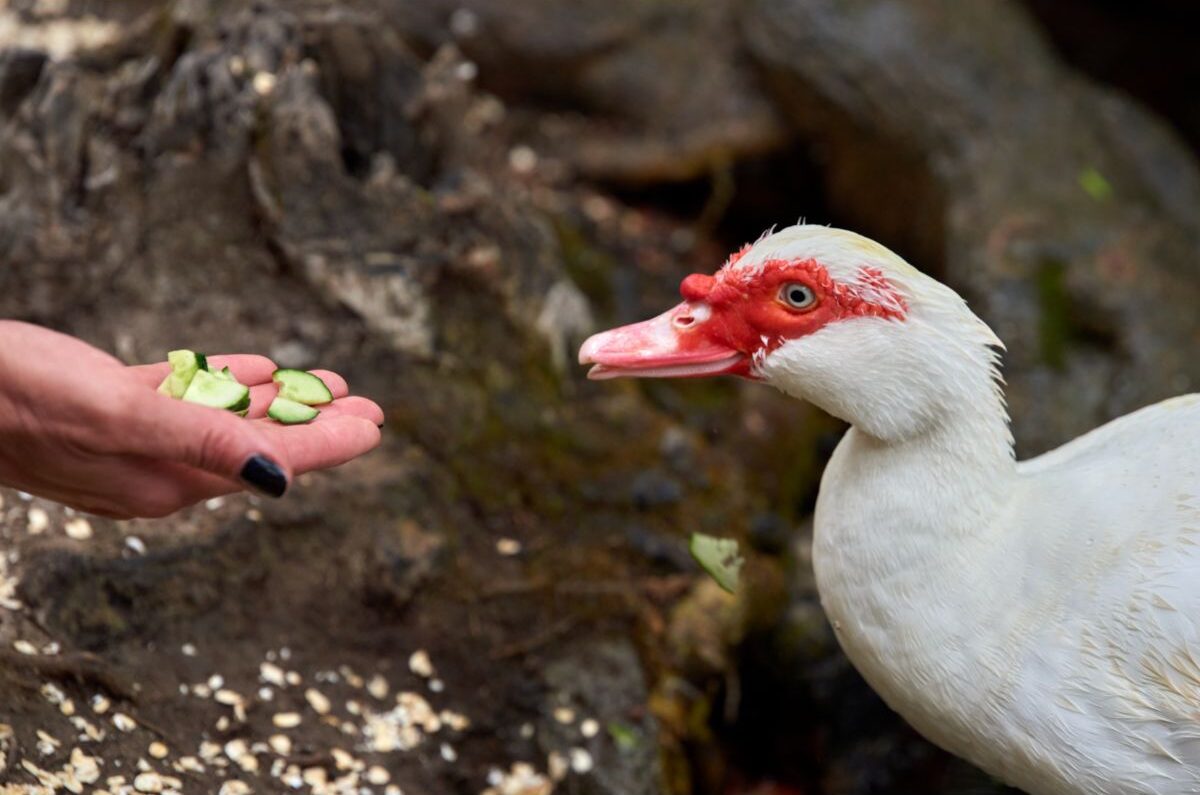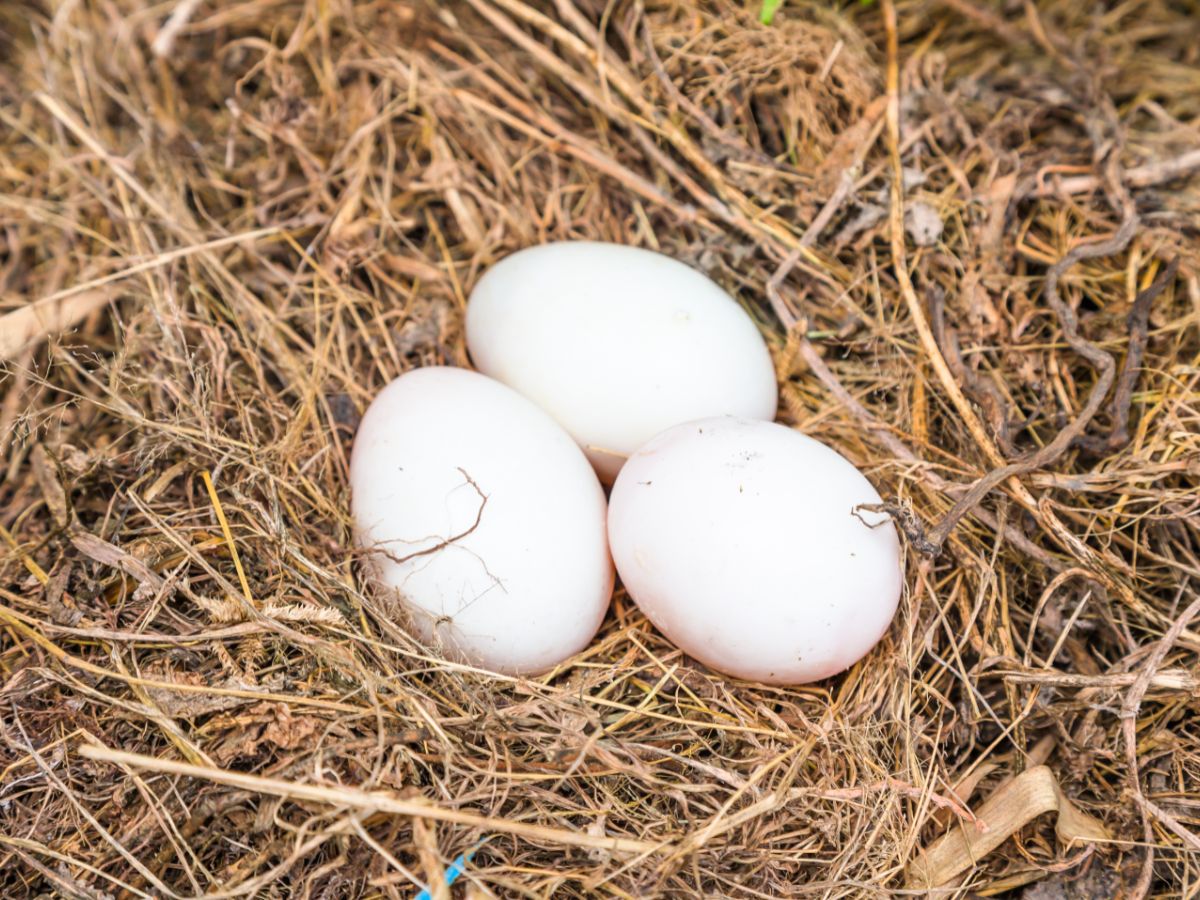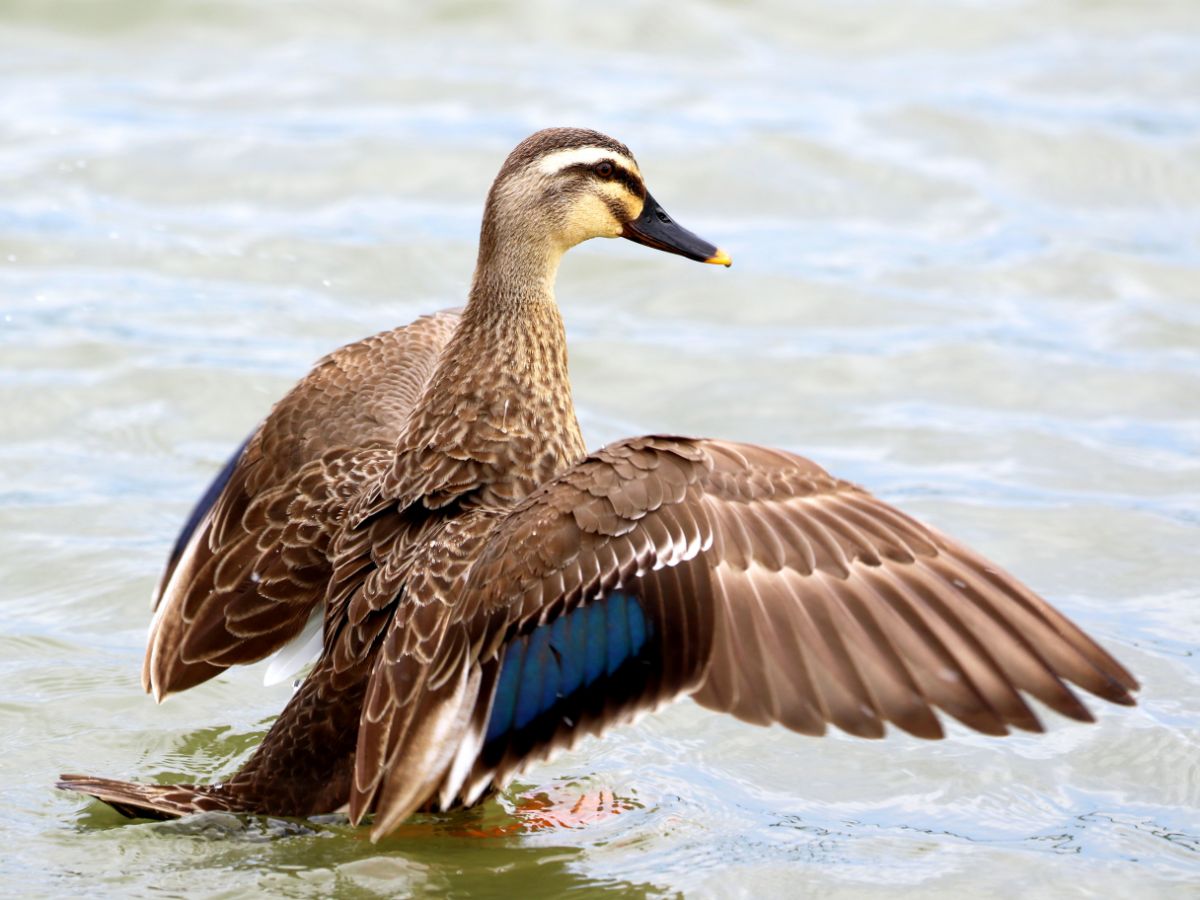Picking up warm fresh eggs from your chickens’ nesting boxes is a joyous affair! However, many beginners are unaware that the breed dramatically impacts the number of eggs you can expect. Knowing which breeds lay the most eggs is crucial for an abundance of fresh eggs yearlong.
The best egg-laying chickens are the White Leghorn, Rhode Island Red, and Golden Comets, yielding up to 330 eggs annually. Then, the Australorps, Sussex, and Easter Egger come close at 250 eggs. Lastly, Plymouth Rock, Orpington, Wyandotte, Barnevelder, New Hampshire Red, and Maran lay 200 eggs.
We have the top 12 best egg-laying chicken breeds listed below if you’re raising backyard chickens primarily for eggs.
Contents
What Are The Top Egg Laying Chicken Breeds?
The top 12 egg-laying breeds include:
| Breed | Average eggs per year | Egg size | Egg color |
| White Leghorn | 250 to 320 | Large | White |
| Golden Comet | 330 | Medium to Large | Brown |
| Rhode Island Red | 260 | Medium | Brown |
| Australorps | 250 | Large | Brown |
| Sussex | 250 | Large | Creamy White to Brown |
| Easter Egger | 250 | Extra Large | Blue, Green, Pink |
| Plymouth Rock | 200 | Small to Medium | Light Brown |
| Orpington | 200 | Medium to Large | Light Brown |
| Wyandotte | 200 | Large | Cream or Light Brown |
| New Hampshire Red | 200 | Large | Brown |
| Maran | 200 | Large | Dark Brown |
| Barnevelder | 200 | Medium | Chocolate Brown (occasionally speckled) |
Continue reading for more detail.
White Leghorn Chickens
The White Leghorn deems to be one of the best egg-laying breeds. Named after a town in Italy, Leghorn chickens were brought to the States in the 1800s and have made the perfect backyard layers ever since.
They are undoubtedly one of the most advantageous egg-laying breeds, offering upwards of 250 eggs per year. In addition, due to their incredible feed to egg conversion, they reduce egg production costs prolifically −making them stars of America’s egg industry.
White Leghorns generally start laying eggs at 16 or 17 weeks. They lay large, white eggs like those typically found in the supermarket.
These hardy fouls have distinctive pure white plumage and red combs. Although hardy and disease resistant, Leghorns are flight and nervous fouls. So, they aren’t the best breed for new chicken owners or those looking for a pet.
The different weight classes for eggs:
| Small | under 52 g | 1.5 ounce |
| Medium | 53 bis 62 g | 1.75 ounce |
| Large | 63 bis 72g | 2 ounce |
| XL | over 73g | 2.25 ounce |
Rhode Island Red Chickens
The Rhode Island Red is a fantastic dual-purpose foul. These girls lay around 5 eggs per week and offer tasty meat too.
These chickens have brown or brick red plumage with a red comb. The roosters may have dark green tail feathers.
Rhode Island Reds are friendly, tough, and low maintenance. In addition, they are excellent foragers, making an ideal coop of free-range chickens.
They typically start laying between 18 and 24 weeks, producing medium to large brown eggs.
Gold Comet Chickens
The Gold Comet is not your everyday chicken. This hybrid egg-laying breed was created by mating White Leghorn and Rhode Island Red chickens −the genetic combination makes it a vigorous egg-layer!
Golden Comet ladies were initially intended for factory farming. However, the hens’ docile personality and egg-laying abilities quickly became popular in homeowners’ backyards.
You can expect Golden Comets to start laying from 18 weeks old. They produce medium to large brown eggs. These prolific layers can lay 5 to 6 eggs per week. However, their laying production drastically drops after 2 years.
Australorp Chickens
The Australorp is an Australian breed with a significant fan base thanks to its friendly nature and egg-laying capabilities.
A single Australorp hen set a record, producing an astonishing 364 eggs in 365 days. However, these girls lay an average of 250 eggs per year.
These fowls are beautiful; they feature jet black and iridescent green feathers with red combs and wattles. However, strains of slate gray and white also exist. Australorp starts laying around 22 to 24 weeks, producing large brown eggs up to five times per week.
While Australorp has a friendly nature, they are best kept away from multiple breeds in one coop. They become aggressive and domineering.
Sussex Chickens
The Sussex chicken is a British breed that does it all −it’s an excellent egg layer, meat bird, and fun for poultry shows. Although a rare breed, the hens produce an average of 250 eggs every year.
These respectable layers start laying between 18 and 20 weeks, producing large creamy white to brown eggs.
The Sussex ranges in eight beautiful colors, and its docile, complacent nature makes it an ideal pet. In addition, they are excellent foragers, significantly reducing your feeding costs while providing quality eggs.
Easter Egger
The Easter Egger (Ameraucana) is a fun bird that prolifically produces a rainbow of extra-large eggs.
Easter Eggers’ are known to have fun, docile personalities. Their amusing personalities and colorful eggs make them the perfect additions for kids.
These hardy birds only start laying around 25 to 30 weeks. However, they produce around 250 colorful eggs per year, making the wait worthwhile.
Plymouth Rock Chickens
Plymouth Rock remains one of the most popular backyard chicken breeds in the United States. This dual-purpose foul tastes great and lays around 200 eggs per year −a winning combo!
Barred Plymouth Rock chickens are the most popular variety. They are hardy, mature early, and are good year-round layers. These chickens have distinct black and white barred patterns and bright red combs and wattles. The breed starts laying around 18 to 22 weeks old, producing small to medium light brown eggs. Their gentle spirit and the somewhat less relentless egg-laying pace are the perfect starting point for the first-time owners.
Orpington Chickens
Orpington chickens −my personal favorites −are a backyard chicken keeper’s dream!
Orpingtons are the tamest chicken breed and tend to love socializing with their owners. These friendly fowls lay around 200 eggs per year.
They get broody during the summer months, so they lay fewer eggs.
Orpingtons are huge, glorious birds weighing over 8 pounds. They are most common in the buff, but white, black, blue, and splash also exist.
The ladies start laying between 20 and 24 weeks, producing large, light brown eggs.

Wyandotte Chickens
The Wyandotte is an American, dual-purpose chicken breed, kept for its juicy meat and egg-laying abilities.
Wyandottes are hardy and easy to care for; there are eight varieties to choose from, but the most distinguishable feature is their plumage color.
The hens take around 18 to 20 weeks to mature. However, they are dependable layers, even in the cold winter. Wyandotte chickens are gentle, docile chickens happy within confinement or free-ranging.
Barnevelder Chickens
The Barnevelder is a Dutch breed crossed between local Dutch chickens and the Asian jungle fowl. Once known as the darling of the Dutch egg industry, Barnvelders now find favor as a dual-purpose hen in homesteads.
The Barnevelder yields an average of 200 eggs per year, laying chocolate brown eggs and occasionally speckled eggs.
These birds are amiable and quite chatty. They love to free-range and are much better suited to garden pens. On the other hand, they aren’t the best flyers, so you won’t have to worry about clipping their feathers.
New Hampshire Red Chickens
The New Hampshire Red is an American breed derived from selectively breeding with Rhode Island Reds. It differs from its original counterpart by producing fewer eggs and a meatier carcass. However, it remains a prolific egg layer.
The New Hampshire Reds mature and feather out early into gorgeous chestnut-red plumage. These fowl start laying at 20 to 22 weeks, producing 200 light brown eggs each year.
The birds have docile and pleasant personalities, making them great for homesteads and small backyards.
Marans Chickens
Marans are French chocolate eggers, laying up to 200 years each year.
These French chickens are raised for their rich, chocolate-colored eggs and fine-quality meat.
Marans are originally a feather-legged breed. However, clean-legged counterparts exist, known as English Maran chickens.
Marans is a hardy, fast-growing breed with a docile temperament and quiet nature. It’s best to keep these fellows free-ranging as the girls are prone to become lazy and put on too much weight.
Conclusion
No matter what breed of chicken you end up choosing, you can expect lots of delicious eggs from these 12 breeds. If you can’ t make up your mind, you can also keep different breeds of chickens in one flock. Here you can learn, which breeds are best for a mixed flock.




